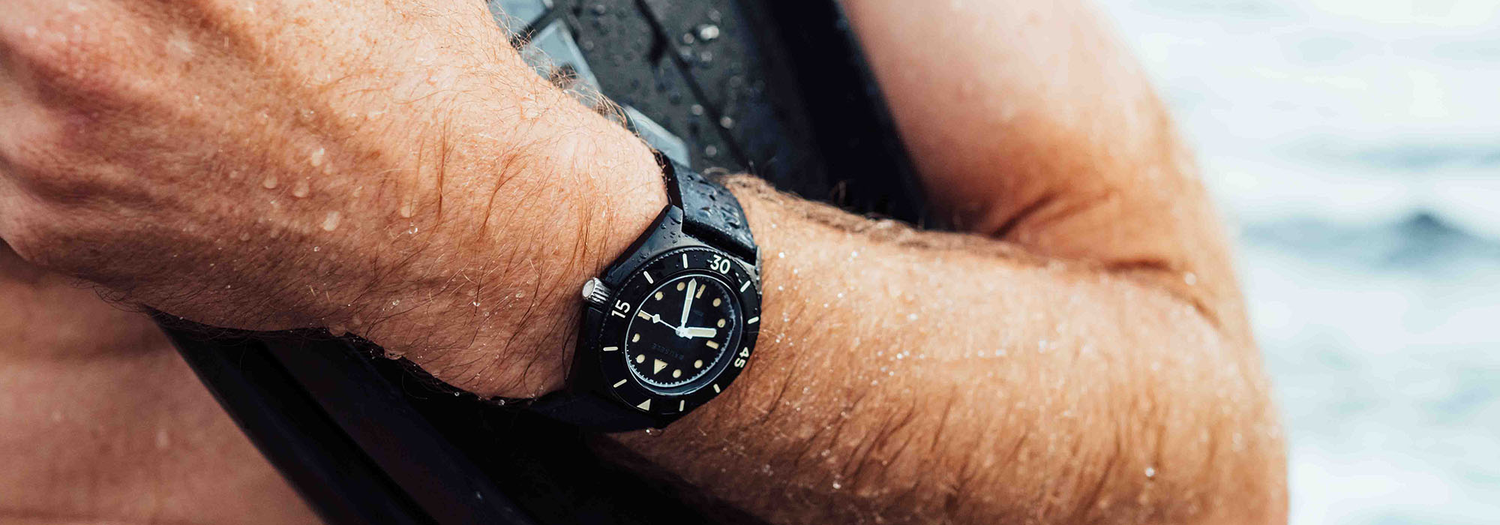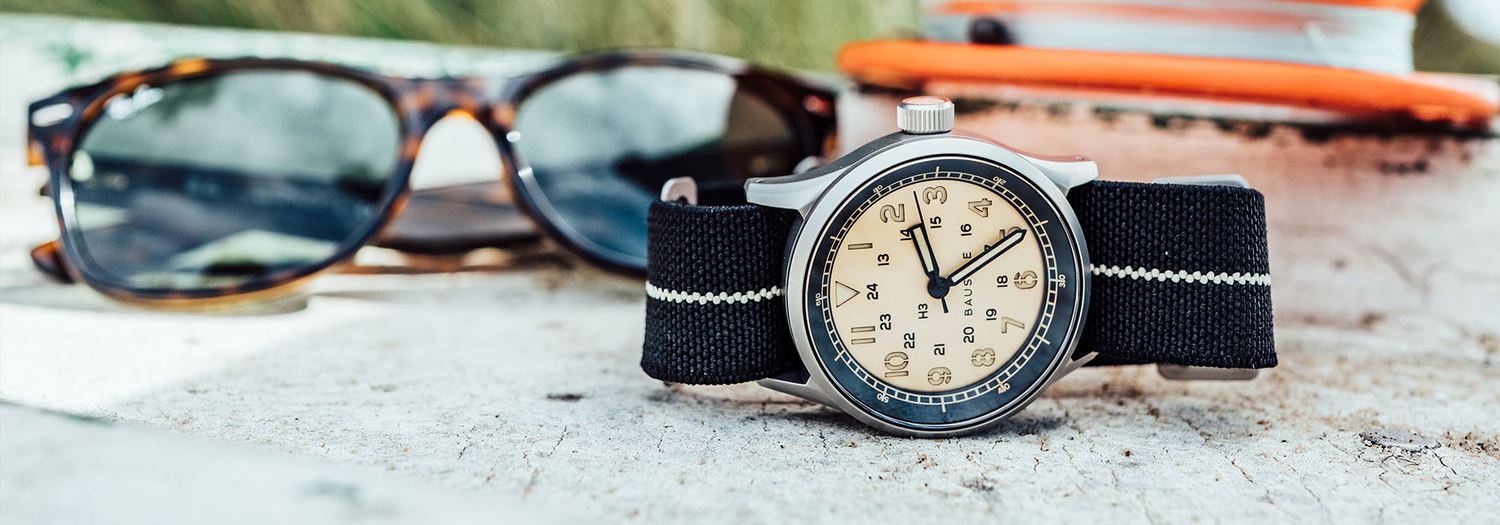The legend: Hercules C-130
Few aircraft have achieved the same legendary status as the Lockheed C-130 Hercules. The Air Force’s association with the Hercules began in December of 1958 when the first of twelve A models replaced an ageing Dakota fleet of No 36 Squadron RAAF. However, this was only the start of a long association with C-130s.
In 1965 E models increased the Air Force’s lifting capabilities and saw service with No 37 Squadron RAAF during the Vietnam War. Subsequently No 36 Squadron’s C-130A variants were replaced by the C-130H in 1978. When the same unit transitioned to the heavy lift C-17 Globemaster III all C-130H operations switched to No 37 Squadron. Most recently the highly capable C-130J supplanted the older Hercules fleet.
Over sixty years the C-130 fleet has operated many transport roles including tactical along with humanitarian and disaster relief. Through subsequent upgrades the Hercules has retained an enviable reputation as a tactical transport. Key to these operations has been the ability to take-off and land on short, unsealed runways to deliver troops or equipment into combat zones. Beginning in February 2003 RAAF Hercules aircraft operated in the Middle East Area of Operations (MEAO).
Since that time there have been a constant stream of deployments to Iraq and Afghanistan where the C-130’s rugged capabilities are often put to the test on dusty landing strips. Between 2006 and 2008 No 37 Squadron deployed within the MEAO, alternating between crews of the C-130H and new C-130J models. During that time No 37 Squadron lived up to its motto of ‘Foremost’.
C-130H, A97-011 was one of the airframes delivered in 1978 that served with both transport units 36 and 37 Squadrons. By the late 2000s it was deployed to the MEAO as part of 37 Squadron before making a final flight from Richmond to the RAAF Museum at Point Cook on retirement in December 2012.
A limited number of Hercules Airfield watches come with a keyring made with metal cut from airframe A97-011.






